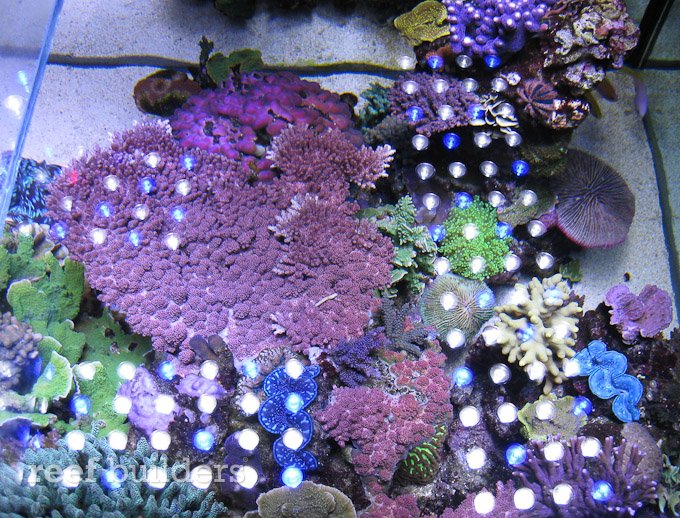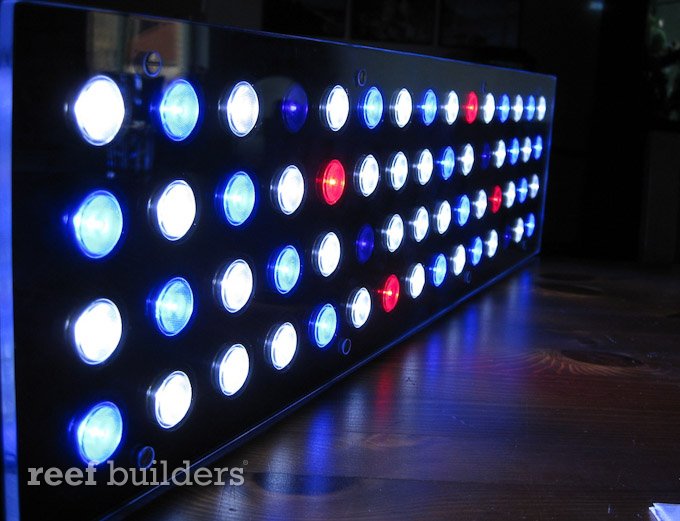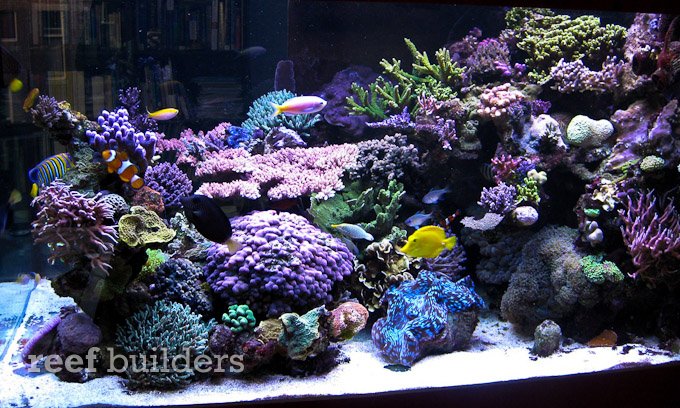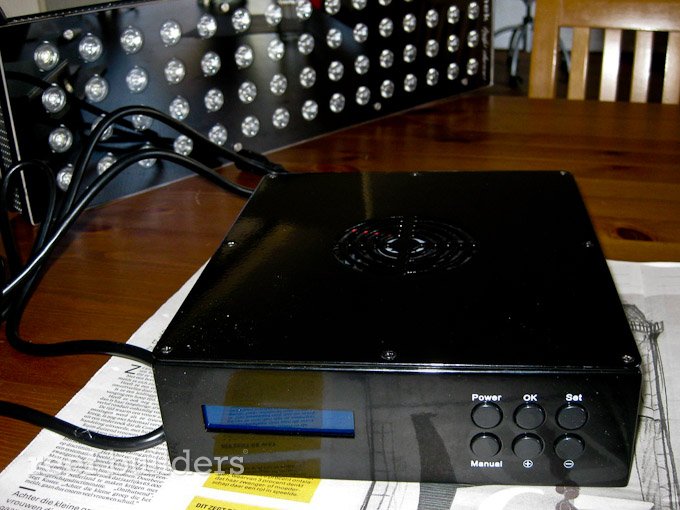
After about 20 years of reefkeeping, I can look back on many experiments with reef aquarium equipment but I left my fingers off one thing: the use of metal halides supplemented by blue fluorescent tubes. After seeing my reef tank Jake asked me to write about my experiences with welcoming something new above my tank with a complete switch to LED lighting using the Orphek Nilus.
Surely I have seen a number of led-fixtures before, but nothing appealed enough to me to consider switching the lights above my own tank. Because I’m interested in what’s going on in our hobby, I did read a lot of information about led.
Based on this, I decided to try to convince the LFS where I usually shop, Aqua Compleet in Rotterdam, to order two Orphek-PR156 fixtures to see if they were as good as I thought they were. In the meanwhile, they also received an AI Sol and to be honest, I was impressed by this light and doubted if Orphek could even match it.

After the arrival of the Orphek PR156 LEDs, they were hung next to the AI Sol over their frag tank, and, at least to the eye, the PR156 by Orphek were great, and they appealed to me even more than the AI Sol. After some testing in the LFS I was more than ready to switch over to Orphek PR156 led entirely.
In the meanwhile, Orphek came up with the Orphek Nilus: the dimmable version of the 156, also including 4 red leds and 4 UV-leds next to the blue and white leds. In total, I mounted 2 Orphek Nilus and one PR-156 above my tank (190 gallon).

The fixtures were packed very well and setting up the timers and the percentages (each fixture has two ‘groups’ of leds to be set) was done within a few minutes. The build quality of the Orphek Nilus seems to be very well done; the 60 leds are mounted on a huge heatsink with two fans. This construction, together with the lenses (120 degrees according to Orphek) is sandwiched between two layers of acrylic. It is designed in a sleek way and, apart from the leds and the fans, there are no electronics in the unit itself. The PCB is protected against aggressive moisture and salty air by a silicone ring. A cable with a proprietary connector leads to the box in which the electronics are mounted for which extension cords are available.

Setting the light up was an easy job, but the ‘power box’ of the Nilus can be improved: the clock needs to be set again even after a short power loss. The programming is kept in the internal memory though. There is a fan which cools the power box and this fan is very quiet, just as the fans in the fixtures. The fans in the older 156 in the lfs made more noise from the beginning. The Tunze Stream pumps in my tank definitely produce more noise.
Obviously, Orphek has improved things in the Nilus LED as the fans also look different than the ones in earlier generations. The light is not as rich in features as some other fixtures, but so far I have not seen a light which looks as good as what I’m using now. I prefer to have great light all day long over having a light where most of the engineering was probably spent on ‘features’ instead.

So far, I am very pleased. Colour rendering is very good, any cyanobacteria have disappeared, algae growth has decreased a lot both on the glass and on the rocks, temperature has dropped by about 3 degrees Celcius and I decreased the power consumption of my tank by more than 1500 kWh annually. I did manage to get some nice colours under my old lights (2 x 250 W HQI plus 4 x 54 W T5) and the big question was, if I would be able to keep these using the Nilus.
After a few months I can conclude that not a single coral has decreased in colour, most actually improved a lot. The same applies to growth. My tank has a water depth of 28 inches and even on the bottom of the tank I have multiple clams and sensitive sps with nice colours. Maybe even more important, the tank looks much better than with the old lights, it looks crisp and fresh and the colours really ‘pop’ without appearing unnatural and a spawning pair of candy basslets love the dimming feature.



